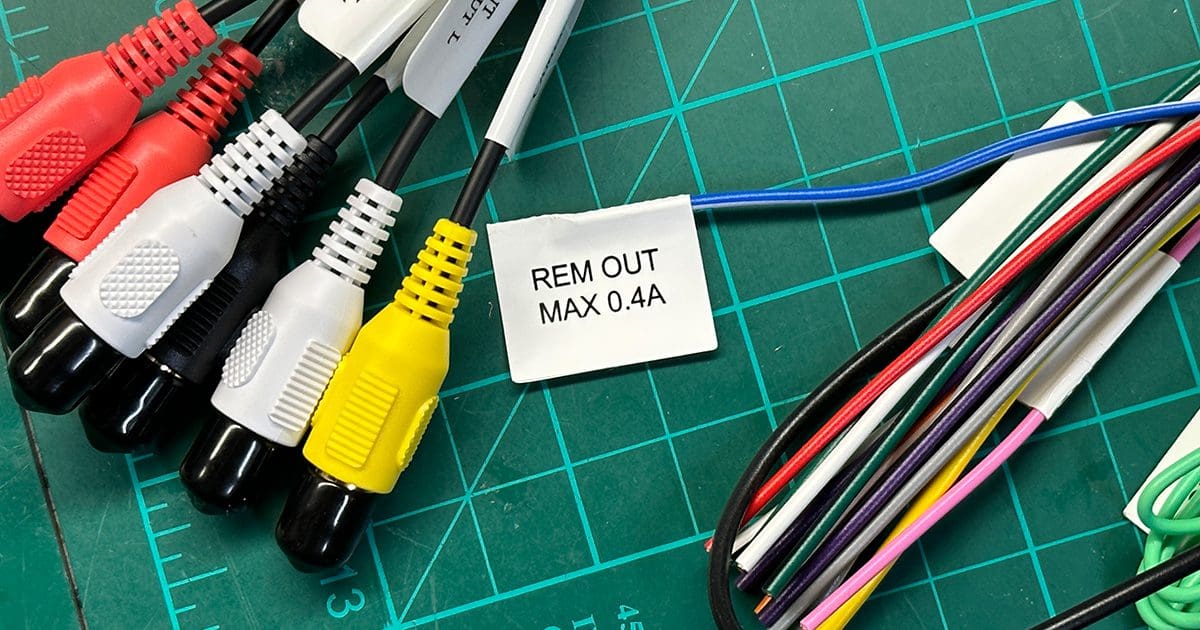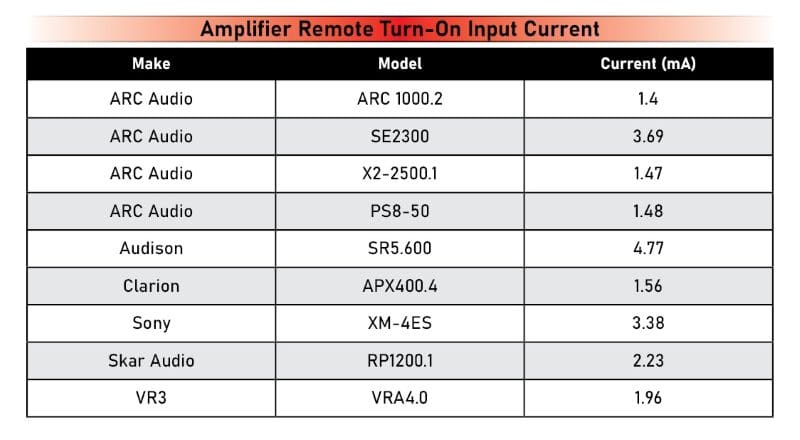Almost every car audio amplifier on the market has at least one thing in common: a remote turn-on connection. The purpose of this connection is to tell the amplifier to turn on when you turn the radio on. For decades, there have been statements that your installer needs to add a relay to the output of a radio to turn on multiple amplifiers. Let’s look at what the amp remote turn-on lead does and measure how much current it draws to decide if multiple connections require a relay.
How Does a Car Audio Amp Remote Turn-On Lead Work?
When the technician upgrading your car audio system installs an amplifier, they typically make three power connections. There are, of course, the main ground and 12-volt battery connections that deliver large amounts of current to the amp. Then there’s the remote turn-on connection. This terminal is intended to be connected to the output of an aftermarket source unit with a remote output lead. When the radio turns on, the voltage on this lead goes to 12 volts. This 12-volt signal tells the amplifier (and anything else connected to the wire) to turn on.
Most modern radios can provide between 0.5 and 1 amp of current on the remote output terminal. This connection is designed to provide a signal, not to provide power to a device like a fan, lighting or an amplifier.
Different amplifier designs are configured differently internally. The remote lead is connected to a pulse width modulator control IC (integrated circuit) in most cases. This IC is the device that tells the power supply section of the amp what duty cycle it should operate at to provide adequate voltage and current to the output devices. When this IC detects the remote turn-on signal, it sends a signal to the transistors or MOSFETS in the power supply, and they begin to turn on and off. This on/off cycling sends energy pulses to the transformer, which steps up the voltage to whatever is required to drive the load.
If that description is too long or complicated, think of the remote turn-on lead like the power button on a modern television. The unit is already plugged in, but it needs a command to bring it to life. The signal from the radio is the command that makes your amplifier turn on.
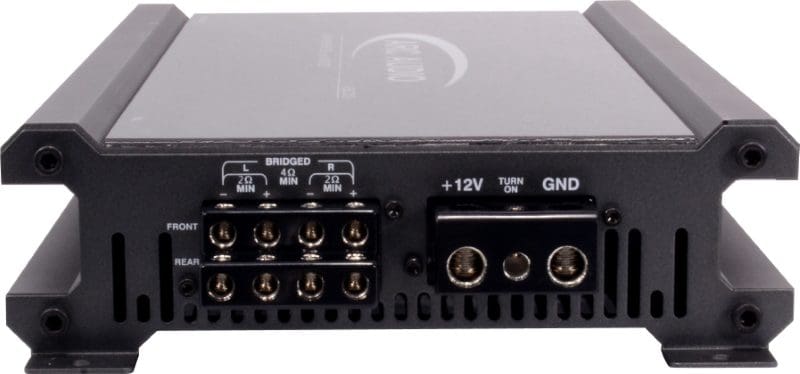
Remote Turn-On Connections
In 97% of cases, the remote output from an aftermarket car radio is a blue wire. Some companies, like Clarion, have a solid blue wire for the power antenna output and a blue wire with a white stripe for the remote turn-on output. When wired incorrectly, the amplifier only turns on when the tuner is selected as the audio source. If the user listens to Bluetooth, a digital audio file from a USB stick or a compact disc, the antenna lead will be off, and so will the amplifier in the system. Ask me how I know!
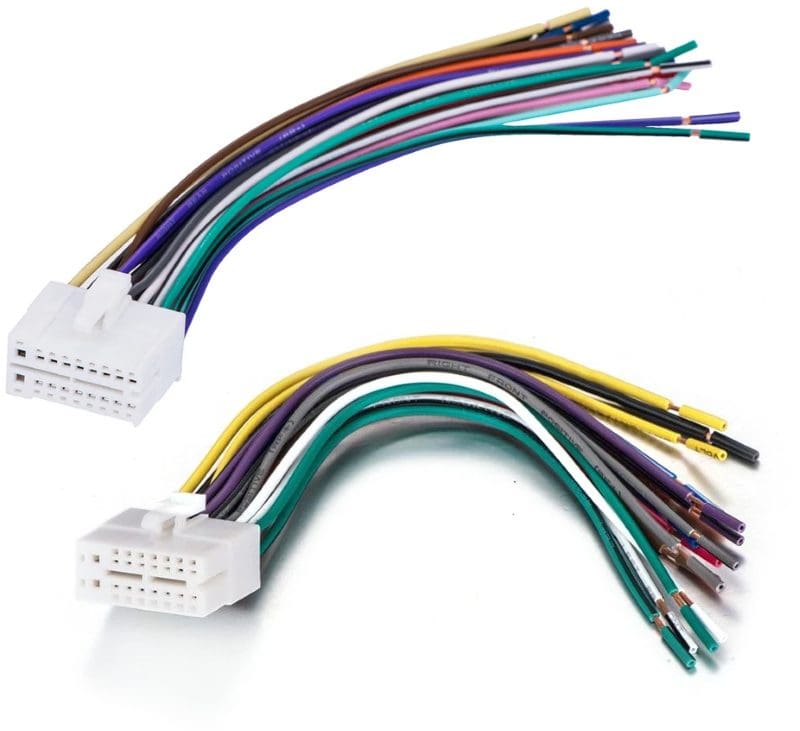
Amplifier Remote Turn-On Inputs
Looking back through some schematics, the remote lead on many high-quality amplifiers may be connected to a microcontroller. The amount of current required on this connection would be minimal. The current requirements will also be minimal if the connection feeds a transistor that provides power to the PWM IC. Some designs might have the remote turn-on lead power the PWM IC. That option might result in it drawing a moderate amount of current. How are we to know? Well, when in doubt, test it!
I have a dozen amplifiers in the lab that are part of my unintentional collection or were here for a Test Drive Review. I randomly selected a number of them, connected them to my power supplies and, using my Fluke 87-V digital multimeter, measured the current required on the remote connection to turn them on. The results are in the table below.
As you can see, all amplifiers consume minimal amounts of current on their remote turn-on inputs. I do recall measuring an amplifier years ago that drew 33 milliamps. In the grand scheme of things, that’s still a very low number. You could trigger 15 amplifiers all wired together. Of the amplifiers I tested today, you could trigger more than 100 of them at once with no need for a relay.
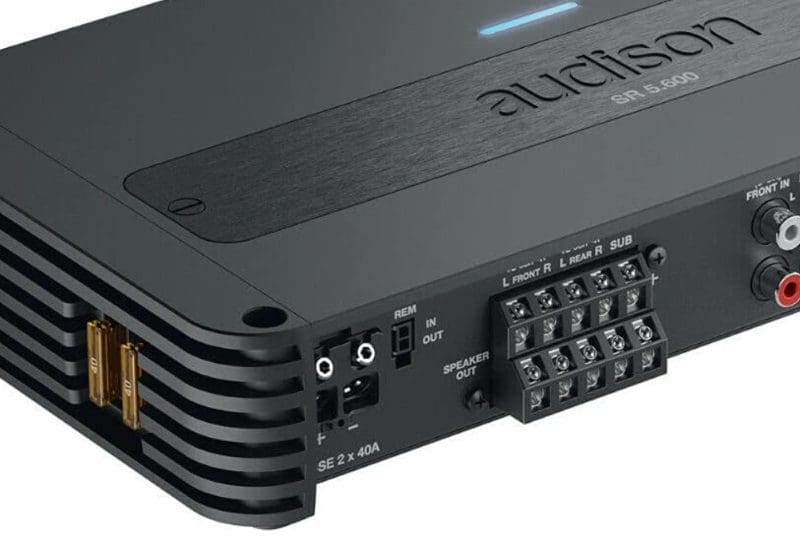
Automotive-Style 12V Relays
Speaking of relays, we should touch on the fact that they might be a requirement if you want the radio to turn on something like a cooling fan or lighting. In those cases, your installer will want the radio to trigger a relay to supply whatever current the loads need. According to their specification sheet, a typical TE Connectivity Potter & Brumfield relay requires 141.2 mA of current through the coil. So you could theoretically wire three to the radio’s output that provides 500 mA of current. Of course, it’s important to have a snubber diode on the relay’s coil to protect the radio’s output.
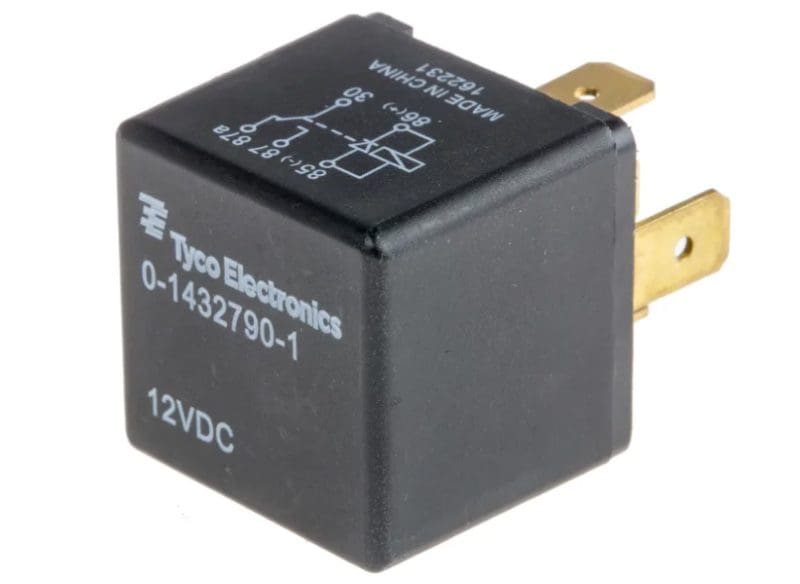
What’s the bottom line? If your installer wants to connect the amp remote turn-on wire to several amplifiers, it should be fine without a relay. If they aren’t sure, to be safe, they should measure how much current the connections draw.
